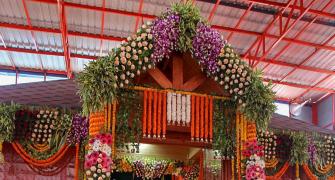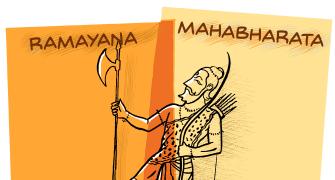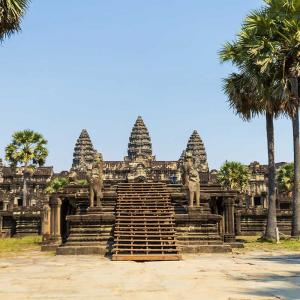Even those who are the supporters of India's 'cultural nationalism' seems to be unaware of the footprint of Shri Ram in South East Asia, observes Colonel Anil A Athale (retd).
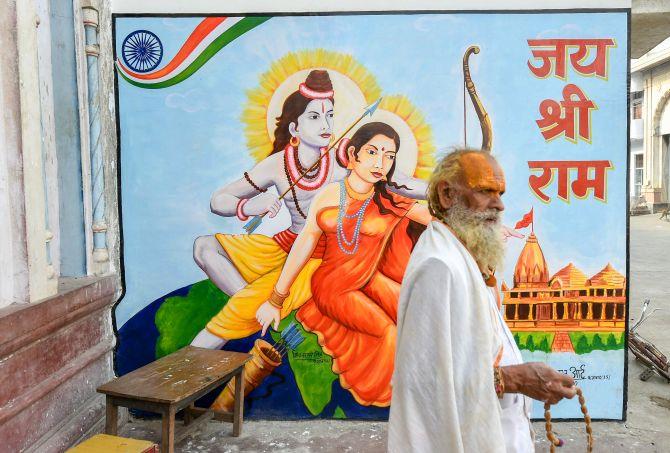
For reasons unknown or known only to the Left liberals of India, we have ignored the Indian cultural connection with South East Asia.
The pillars of this are undoubtedly our two great epics, the Ramayan and Mahabharat.
Unfortunately, even those who are the supporters of India's 'cultural nationalism' seems to be unaware of the footprint of Shri Ram in South East Asia.
The absence of invites/involvement of Indonesia, Thailand, Laos, Cambodia and Vietnam in the resurrection of Ayodhya ceremonies is a major lapse.
I travelled extensively in Indonesia some years ago and was pleasantly surprised at the Indian cultural presence in that country.
In the popular Indian consciousness, Indian culture is thought to be present in Hindu majority Bali Island. This is untrue. Muslim majority Java has equally great cultural affinity with India as much as Bali.

The city of Yogyakarta in Central Java has some exquisite Hindu temples at Prambanan (Sanskrit: Parabrahma).
At the Purvakarta resort in that city, the Ramayan ballet has been performed continuously for the last 46 years.
The Ramayan ballet that we saw was so beautiful and graceful that the Ramleela seemed a pale version of it.
The biggest supermarket chain in Indonesia is named, what else, Ramayan!
The Ramayan ballet is not just the most popular and frequently performed dance form in Indonesia, but also in Buddhist Laos and Thailand.
The kings of Thailand consider themselves to be heirs of Ram. The current one is Rama X.
The ancient capital of Thailand was named Authya (Ayodhya).
Angkor Wat in Cambodia, dating back to the 13th century, has a 100 metre long brass mural depicting the entire Ramayan.
As an aside, when I mentioned these facts of contemporary South East Asia, one left-liberal stalwart actually told me that Ram may actually have belonged to Thailand and 'imported' to India.
Older readers may remember the contortions that some 'eminent' historians had gone through in the 1990s to place Ram's origin in Afghanistan!
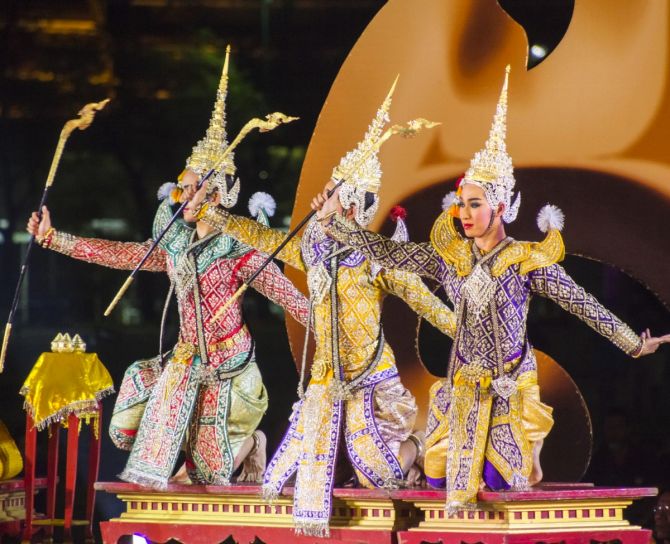
No other country is closer to India culturally than Muslim majority Indonesia. Even the motto of their armed forces are in Sanskrit.
The Indonesian air force special forces has Karmanye vadi karasthe, ma faeshu kadachinam (duty is the fruit of action) from the Gita as its motto.
The story of Ram is used extensively in promoting social and environmental causes.
In the modern city of Balikpapan in East Kalimanthan (Dutch name Borneo) one finds tales of the Ram Setu building being used to preserve the endangered sloth bear.
In the murals, a sloth bear is shown with Ram and helping him in the construction of the Ram Setu. Fortunately, we have come a long way from denying the historicity of Ram and the Ram Setu.
It is only logical that given the extensive presence of Ram in the cultural consciousness of South East Asia, at the least we must invite the ambassadors of these countries for the ceremony that restores Shri Ram to his birth place in Ayodhya.
Colonel Anil A Athale (retd) is a military historian whose earlier columns can be read here.
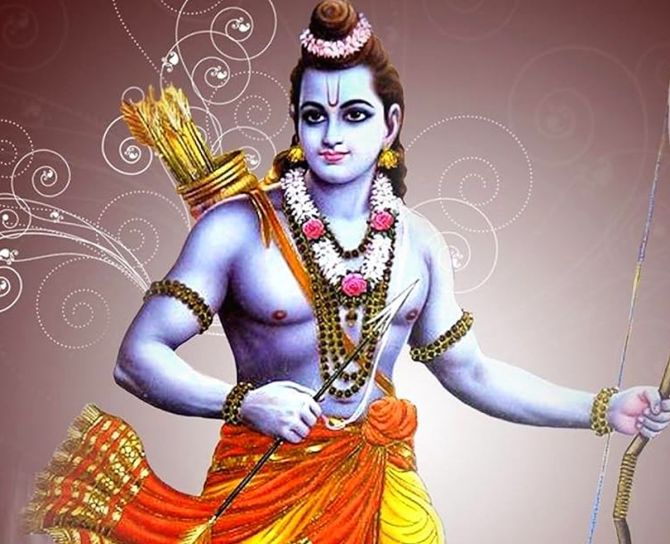
Feature Presentation: Rajesh Alva/Rediff.com

